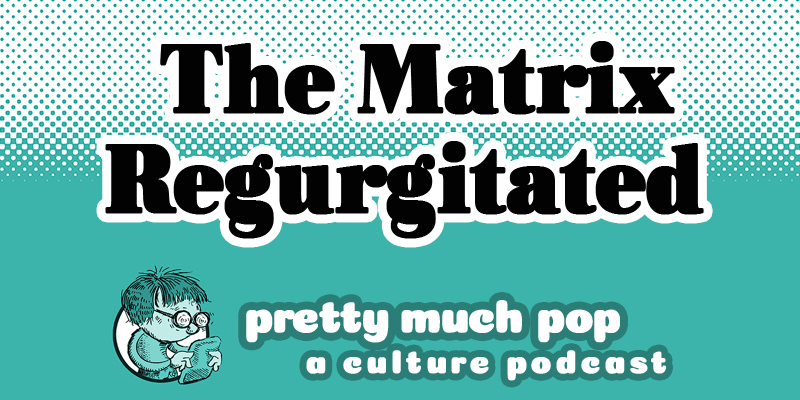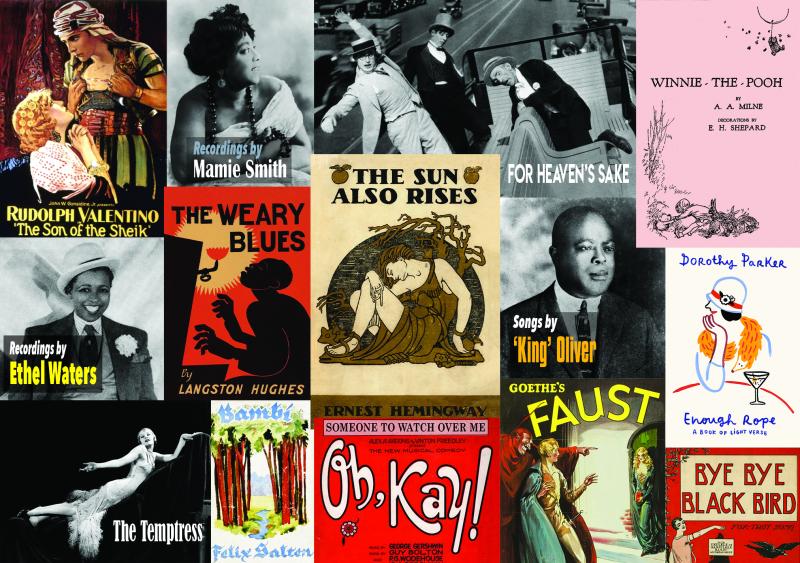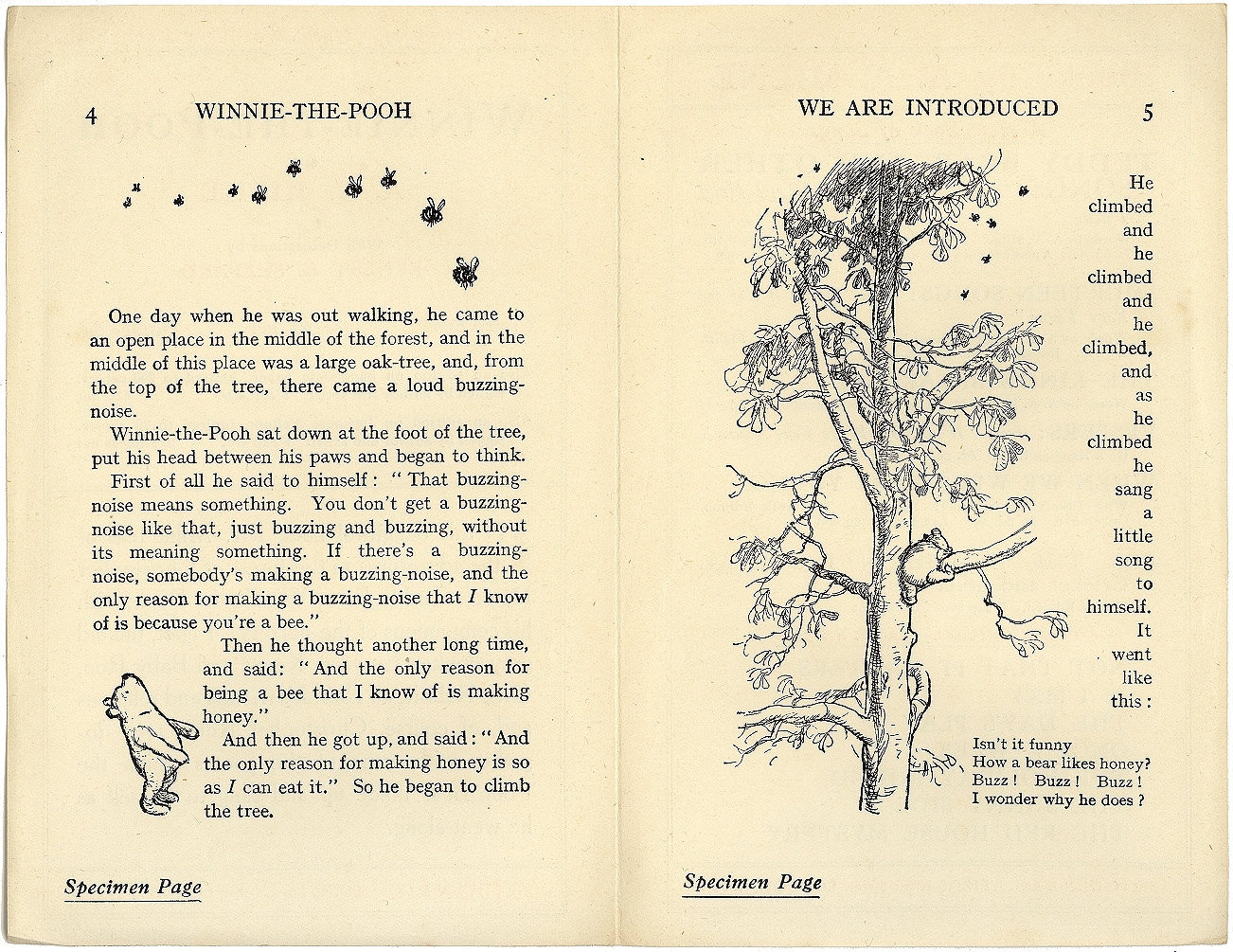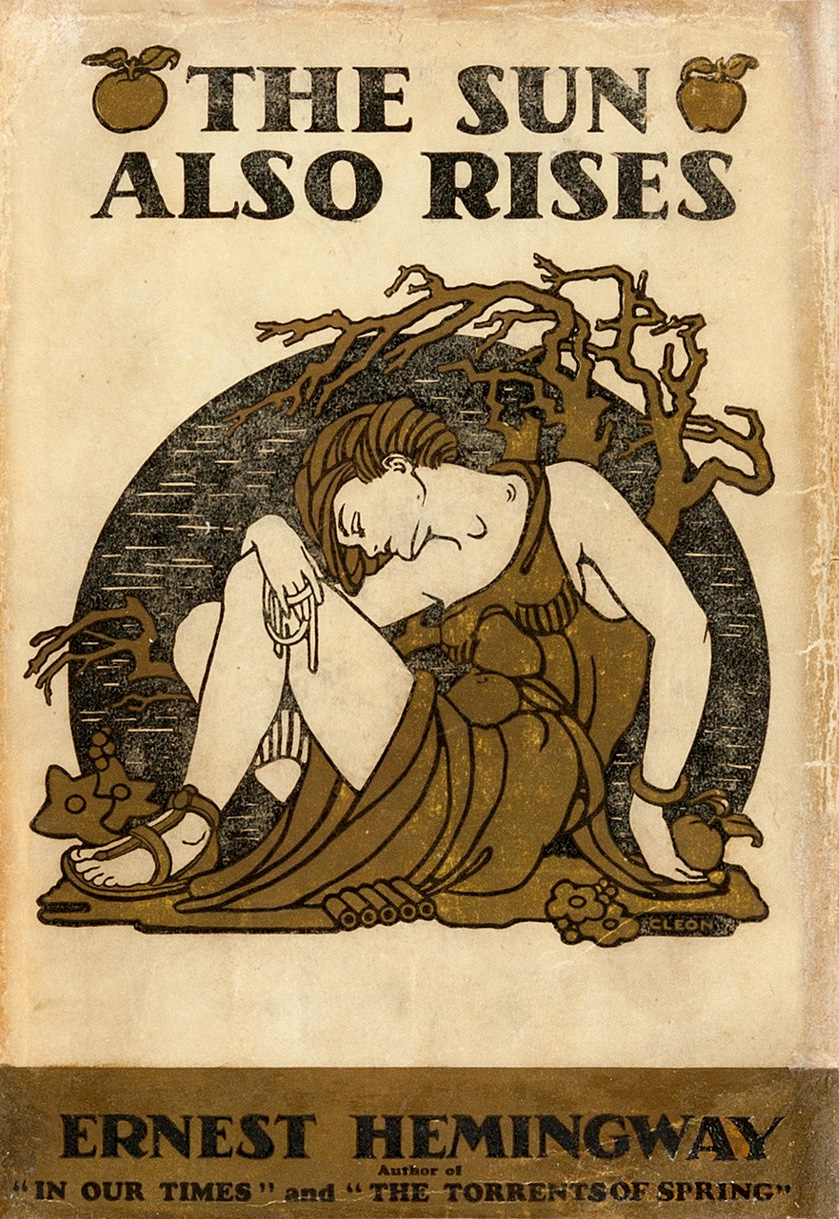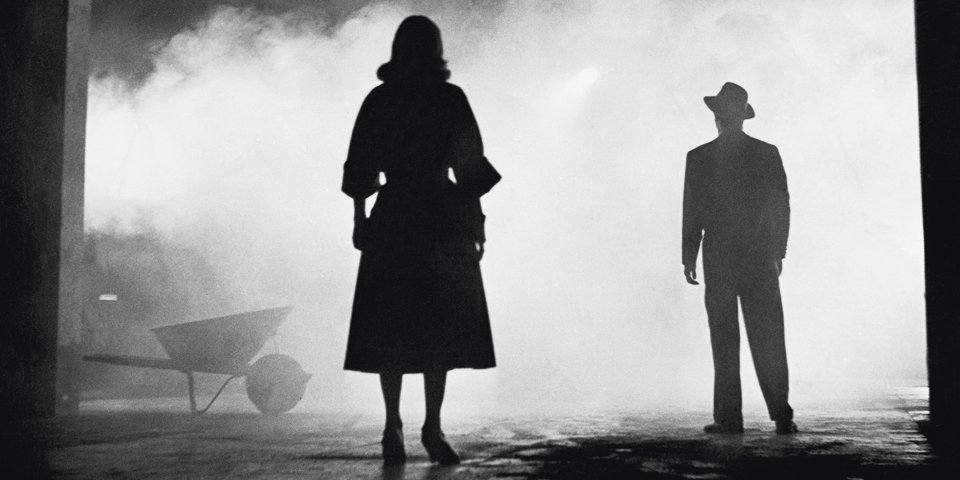Before his role as Hitler in the 2004 German film Downfall turned Swiss actor Bruno Ganz into a viral internet star, he was best known for playing an angel who comforts the dying in Wim Wenders’ 1987 Wings of Desire. “People really seemed to think of me as a guardian angel,” he told The Irish Times in 2005. “People would bring their children before me for a blessing or something.” Seventeen years later, the self-described introvert transformed his gentle, comforting face into the Nazi screen monster: “Nothing prepared me for what must be the most convincing screen Hitler yet,” wrote The Guardian’s Rob Mackie. “An old, bent, sick dictator with the shaking hands of someone with Parkinson’s, alternating between rage and despair in his last days in the bunker.”
This portrayal has never been surpassed, and perhaps it never will be. How many fictionalized film treatments of these events do we need? Especially since this one lives forever in meme form: Ganz endlessly spitting and gesticulating, while captions subtitle him ranting about “his pizza arriving late” – Gael Fashingbaeur Cooper writes at cnet – or “the Red Wedding scene on Game of Thrones, or finding out he wasn’t accepted into Harry Potter’s Hogwarts.” As Virginia Heffernan wrote at The New York Times in 2008 – maybe the height of the meme’s virality – “It seems that late-life Hitler can be made to speak for almost anyone in the midst of a crisis…. Something in the spectacle of an autocrat falling to pieces evidently has widespread appeal.”
Given the widespread preference for memes over facts, the ubiquity of the Downfall clip as viral spectacle, and the renewed relevance of murderous autocracy in the West, we might find ourselves wondering about the historical accuracy of Downfall’s portrayal. Did the dictator really lose it in the end? And why do we find this idea so satisfying? To begin to answer the first question, we might turn to the video above, “That Downfall Scene Explained,” from the makers of The Great War, billed as the “biggest ever crowdfunded history documentary.” Despite taking as their subject the First World War, the filmmakers also cover some of the events of WWII for fans.
First, we must remember that Downfall is an “artistic interpretation.” It condenses weeks into days, days into hours, and takes other such dramatic liberties with accounts gathered from eyewitnesses. So, “what is Hitler freaking out about” in the famous scene?, the subtitle asks. It is April 1945. The Red Army is 40 kilometers from Nazi headquarters in Berlin. The dictator’s Chief of the Army General Staff Hans Krebs explains the situation. Hitler remains in control, drawing possible lines of attack on the map, believing that SS commander Felix Steiner’s Panzer divisions will repel the Soviets.
Little does he know that Steiner’s divisions exist only on paper. In reality, the SS leader has refused to take to the field, convinced the battle cannot be won. Another General, Alfred Jodel, steps in and delivers the news. Hitler then clears the room of all but Jodl, Krebs, and two other high-ranking generals. Joseph Goebbels and Martin Bormann stay behind as well. Then (as played by Ganz, that is) Hitler has that famous screen meltdown. The outburst “shows just how he had centralized the chain of command,” and how it failed him.
This may have been so. Downfall presents us with a convincing, if highly condensed, portrait of the major personalities involved. But “the scene that spawned a thousand YouTube parodies,” writes Alex Ross at The New Yorker, “is based, in part, on problematic sources.” One of these, the so-called Hitler Book, was compiled from “testimony of two Hitler adjutants, Otto Günsche and Heinz Linge, who had been captured by the Red Army and interrogated at length…. The most curious thing about The Hitler Book is that it was intended for a single reader: Joseph Stalin.” The Soviet dictator wanted, and got, “a lavishly detailed chronicle of Hitler’s psychological implosion.” Other sources “convey a more complex picture.”
According to other accounts, Hitler was “generally composed” when learning about the Red Army attack on Berlin, even as he decided to give up and die in the bunker. According to Nazi stenographer, Gerhard Herrgesell, it was the generals who “violently opposed” surrender and spoke harshly to Hitler to persuade him to defend the city – a speech that had some effect during an April 22nd meeting. It did not, of course, prevent Hitler and his new bride Eva Braun’s eventual April 30 suicide. For Ross, however, this more complex historical picture shows “how cults of personality feed as much upon the aspirations of their members as upon the ambitions of their leaders.” The members of Hitler’s inner circle were as committed to the ideology as the leader himself.
There is more to the film’s title in German, Untergang, than its translation suggests, Ross writes: “It carries connotations of decline, dissolution, or destruction.” When we fix the end of Nazism to the suicidal death of one delusional, drug-addled madman, we lose sight of this wider meaning. In the viral spread of the Hitler meme, we see a kind of comically banal triumph. It is “the outcome,” Heffernan argues, that “Hitler, the historical figure sought….” A situation in which he becomes “not the author of the Holocaust” but “the brute voice of the everyman unconscious,” a proliferating grievance machine. From another perspective, imagining Hitler’s end may offer “comforting moral closure to a story of limitless horror,” writes Ross. But it has helped feed the myth that it could only happen there and then: “Now German historians are ending their books on Nazism with thinly veiled references to an American Untergang.”
Related Content:
How Did Hitler Rise to Power? : New TED-ED Animation Provides a Case Study in How Fascists Get Democratically Elected
Carl Jung Psychoanalyzes Hitler: “He’s the Unconscious of 78 Million Germans.” “Without the German People He’d Be Nothing” (1938)
Hitler Was ‘Blitzed’ On Cocaine & Opiates During World War II: Hear a Wide-Ranging Interview with Best-Selling Author Norman Ohler
Josh Jones is a writer and musician based in Durham, NC. Follow him at @jdmagness
